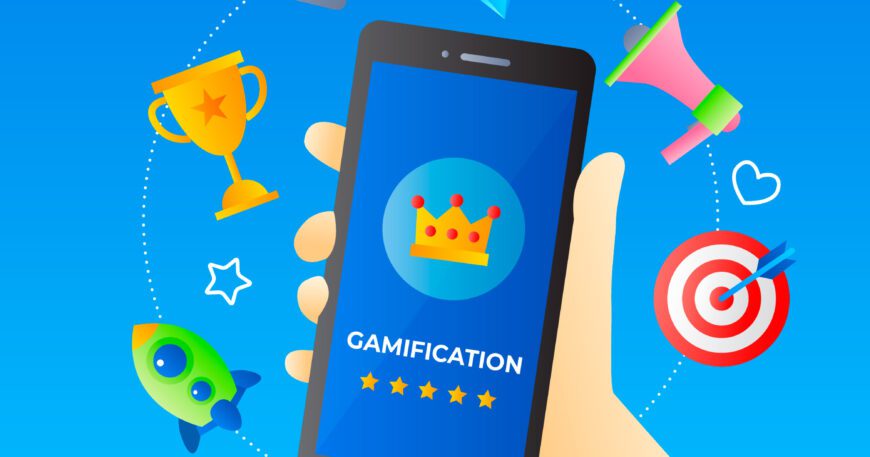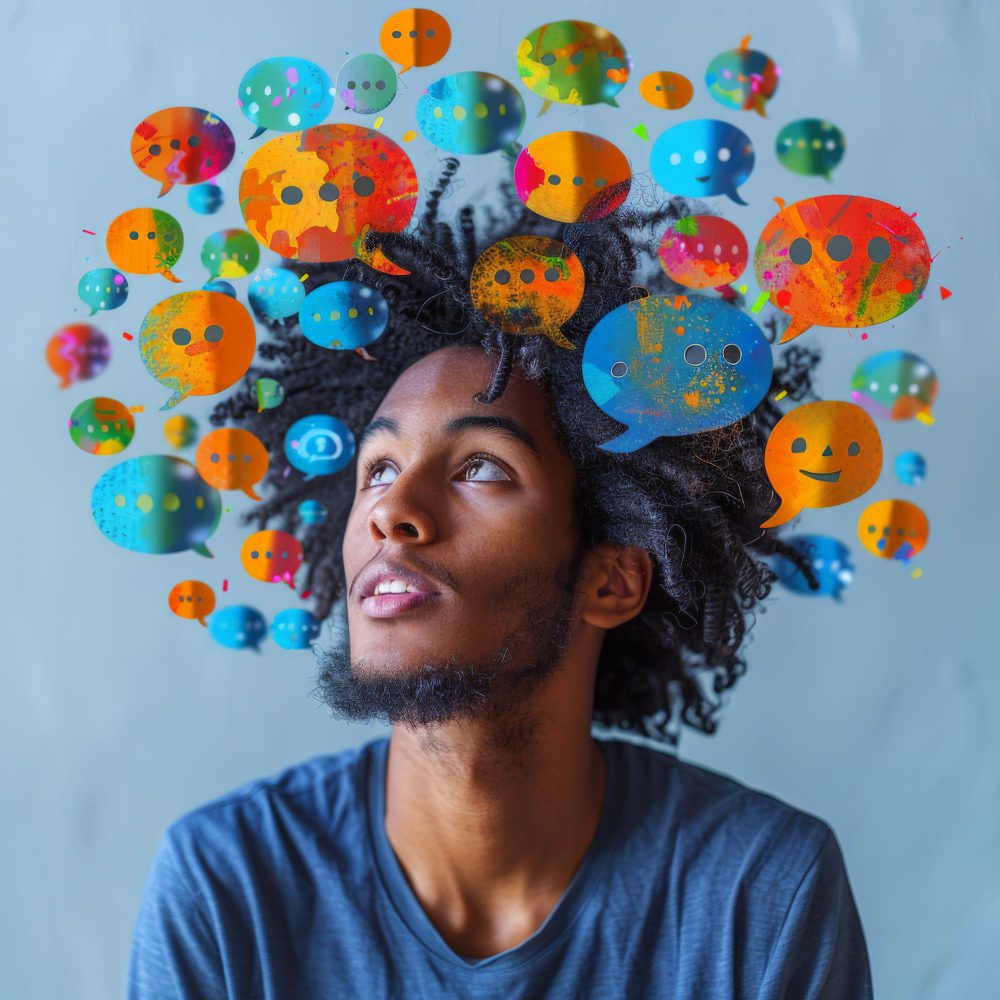Gamification in Digital Ads: How to Drive Engagement with Interactive Experiences
Digital ads have come a long way from static banners and basic display images. In a world where attention is the most valuable currency, marketers need more than clever copy or slick design. They need interaction. Cue gamification—a marketing strategy that blends game mechanics with advertising to grab attention, boost engagement, and convert audiences in a more meaningful way.
If you’re in a marketing department or just curious about new ways to energize your campaigns, this guide breaks down everything you need to know about gamification in digital ads.
What Is Gamification in Advertising?
Making Ads Feel Like Games
Gamification in digital advertising means adding game-like elements to ad experiences. Think quizzes, spin-to-win wheels, scratch cards, leaderboards, point systems, and interactive journeys. These formats turn passive scrolling into active participation.
Importantly, gamification isn’t about building full-on video games. It’s about borrowing what works in games (rewards, challenges, progress tracking) and layering that into your ad creatives.
Gamification vs. Game-Based Marketing
Don’t confuse the two. Gamification enhances non-game content with game mechanics. Game-based marketing actually builds or sponsors a full game that includes brand messaging. Gamification is generally easier to implement, lower-cost, and better suited to short-form ad campaigns.
The Psychology That Makes It Work
Why does gamification work so well?
- Dopamine triggers: The brain releases dopamine when people complete challenges or receive rewards.
- FOMO & competition: Leaderboards and timed events create urgency.
- Progress bias: People feel satisfaction when they see measurable progress (e.g. “You’ve completed 3 of 5 steps!”).
- Reciprocity: If someone feels entertained or rewarded, they’re more likely to reciprocate (e.g., by signing up or buying).
Why Gamified Ads Actually Work
1. Sky-High Engagement
Gamified ads make people stop, click, and stay. Unlike static ads, interactive formats hold attention longer and encourage deeper interaction.
2. Better Lead Quality
When people voluntarily play a game or take a quiz, they often share data more freely. That means more qualified leads for less ad spend.
3. Boosted Conversions
Interactive experiences can smooth out the path to conversion by making the experience fun and non-salesy. A quiz that recommends a product often leads to faster checkouts.
4. Long-Term Brand Affinity
Gamified content is often memorable. The entertainment factor builds a positive association with your brand, which increases loyalty over time.
Best Practices for Gamifying Your Ads
Align With Campaign Goals
Are you trying to get more email signups? Product purchases? App installs? The game mechanic you choose should directly support that goal.
Keep It Simple
Don’t overcomplicate the interaction. It should take under 30 seconds to understand and participate.
Make Rewards Meaningful
Offer something that makes sense for your audience. Discounts, free shipping, loyalty points, or early access work great.
Prioritize Mobile First
Most users will interact with your ad on mobile. Make sure your gamified experience is optimized for smaller screens and thumb-based navigation.
Brand Integration
The game shouldn’t feel disconnected from your brand. Use your fonts, colors, tone, and logo naturally within the experience.
Gamification Use Cases by Industry
E-commerce
- Spin-to-win: Users spin a virtual wheel for a discount
- Product match quizzes: Helps shoppers find the best product
- Scratch cards: Reveals hidden rewards
Finance
- Budgeting simulations: Helps people test financial strategies
- Loan estimators: Users interact with a slider to simulate different payment plans
- Trivia games: Engages users while educating them about financial literacy
Travel & Hospitality
- Itinerary builders: Suggest destinations based on preferences
- Interactive maps: Gamify travel discovery
- Points and badges: Reward users for bookings or referrals
Education & SaaS
- Onboarding quests: Step-by-step challenges to guide new users
- Certification quizzes: Offer badges or downloadable certificates
- Progress trackers: Show users how far they’ve come in learning
Retail & FMCG
- Scan-to-win: Customers scan packaging for a chance to win
- Reward challenges: Buy two items and unlock a prize
- Interactive recipes: Choose your ingredients and see the result
Tools and Platforms That Make It Easy
Native Ad Tools
Platforms like Facebook, TikTok, and Snapchat now support certain gamified ad formats. Instagram Stories polls and swipe games are basic forms of gamification.
Third-Party Tools
If you’re ready to scale, these tools help create full-fledged interactive ads:
- Playable: Drag-and-drop gamified ad builder
- Kahoot!: Turn quizzes into shareable ads
- Votion: Polls, tournaments, and bracket-style interactions
- Gamify: Create campaigns with point systems and rewards
Integrations
Tie your gamified experiences to:
- CRM tools (like HubSpot, Salesforce) for data capture
- Email platforms (like Mailchimp) for follow-ups
- Ad platforms (like Google Ads, Meta) for retargeting
Measuring Success: What to Track
Engagement Metrics
- Time spent on ad
- Completion rates
- Number of interactions (clicks, taps)
Conversion Metrics
- Leads captured
- Sales or sign-ups
- Coupon redemptions
Brand Metrics
- Recall in follow-up surveys
- Shares or mentions on social
- Re-engagement rate for retargeting
Test and Iterate
A/B test gamified vs non-gamified versions to measure performance uplift. Keep adjusting mechanics, visuals, and rewards based on performance.
Common Mistakes to Avoid
Making It Too Complicated
If it feels like work, people will bounce. Keep onboarding and mechanics as easy as possible.
Offering Weak Rewards
A 5% discount may not feel worth the effort. Make sure the prize feels valuable.
Ignoring Mobile UX
What works on desktop might break or lag on mobile. Always test mobile-first.
Not Tying It Back to Business Goals
Cool experiences are useless if they don’t support a KPI. Make sure every game mechanic serves a marketing function.
Real-World Examples
1. Fashion E-Commerce Brand
Ran a spin-to-win wheel pop-up. Result: 30% more email signups and a 20% increase in first-time purchases.
2. Food Delivery App
Added scratch cards after every order. Users could win credits or discounts. Result: Increased order frequency and app engagement.
3. SaaS Platform
Used a gamified quiz to help visitors identify which product suited them best. Result: Cut bounce rate in half and doubled demo sign-ups.
4. Beverage Company
Put QR codes on bottles leading to a “scan to win” microsite. Result: 50,000 scans in 2 weeks, with a high email opt-in rate.
Final Thoughts
Gamification in digital ads is more than a trend. It’s a shift toward audience-centric marketing where participation is the price of attention. When done right, it rewards users for interacting and gives brands the performance lift they crave.
It doesn’t have to be complex or expensive. Start small, measure often, and keep refining. The key is to align fun with function. And once you get it right, the engagement—and conversions—will follow.
Need help implementing gamification in your next campaign? Kwetu Marketing Agency offers tailored digital marketing services designed to boost engagement and results—reach out to get started.










 Stay ahead in the digital world! Don’t just read—put the insights from The KWETU Blog into action today and watch your brand grow.
Stay ahead in the digital world! Don’t just read—put the insights from The KWETU Blog into action today and watch your brand grow. 
